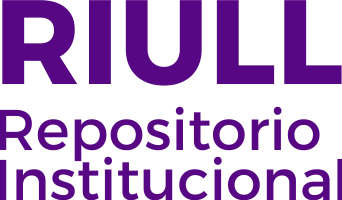Synthesis, performance and mechanism of nanoporous Fe-(1,3,5-tricarboxylic acid) metal-organic framework in the removal of anionic dyes from water
Fecha
2021Resumen
The direct synthesis of nano-{Fe-BTC} MOFs was performed following green chemistry rules. This nanomaterial has been characterized by several techniques showing structural similarities with commercial Fe-BTC MOFs, although it has greater porosity due to the presence of mesopores and micropores, that can make it an efficient adsorbent for fluorescent anionic dyes through electrostatic and Ď€-Ď€ interactions between dye and nano-{Fe-BTC}. The adsorption isotherms fit the Freundlich model: tetrabromo-fluorescein(Br-FL) has the highest KF value, followed by dichloro-fluorescein(Cl-FL) and fluorescein(FL). The kinetic study suggests that the adsorption onto nano-{Fe-BTC} follows the pseudo-second-order model and the adsorption capacities follow the order Br-FL (qe 0.836 mg⋅g 1) > FL (qe 0.106 mg⋅g 1) ~Cl-FL (qe 0.100 mg⋅g 1), pH = 4. The use of methanol (5% NH3) allows recoveries of the dyes from nano-{Fe-BTC} ranging from 90% to100%. The presence of inorganic ions and organic substances in the water solution does not affect the adsorption of the dyes even when possible interfering species were present at concentrations that were up to 109 times higher than that of the dyes. The method was successfully applied to remove the target dyes from spiked water samples, showing the potential of high porous nano-{Fe-BTC} MOFs as a promising adsorbent for the effective removal of dyes from waters.





